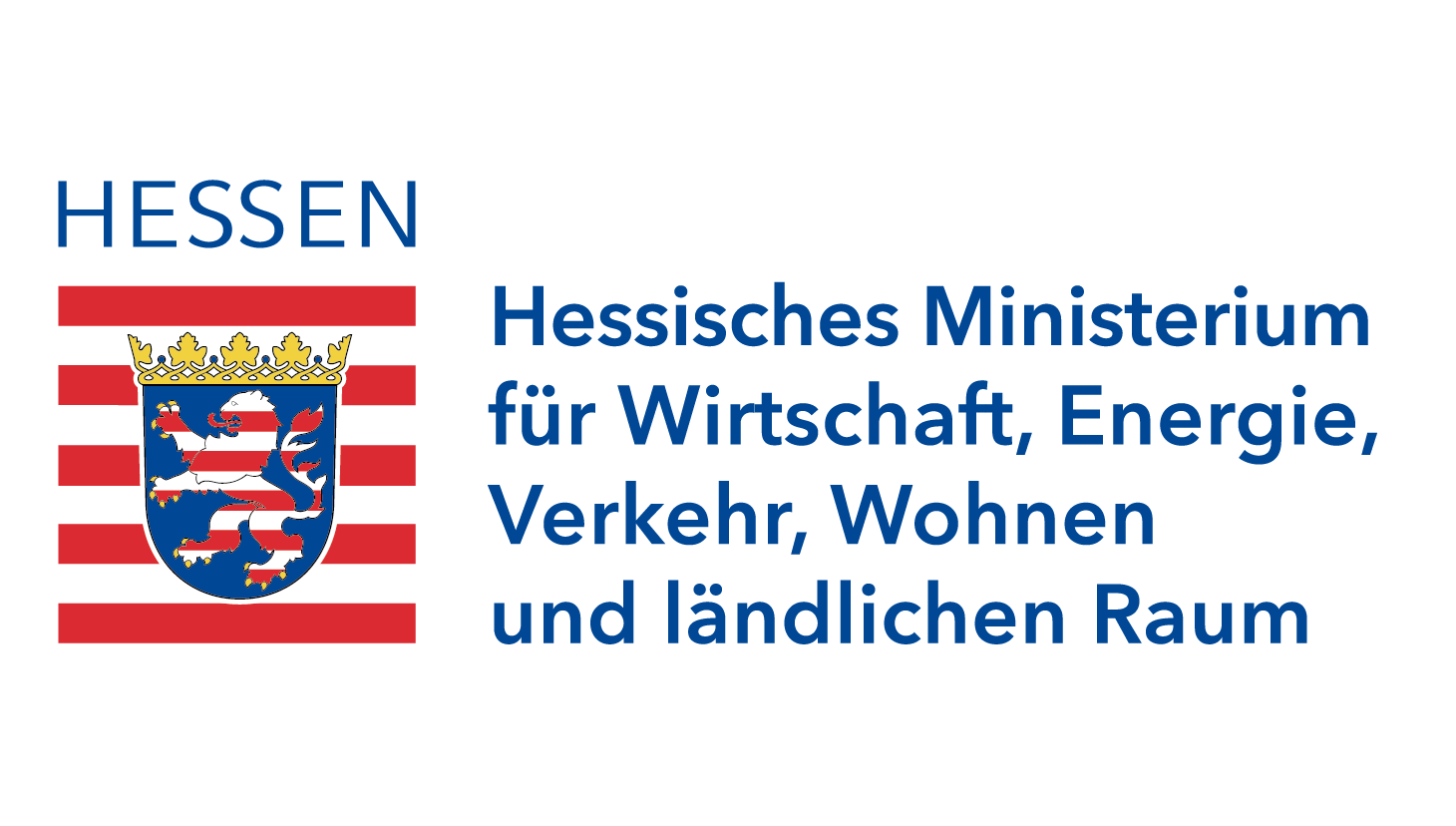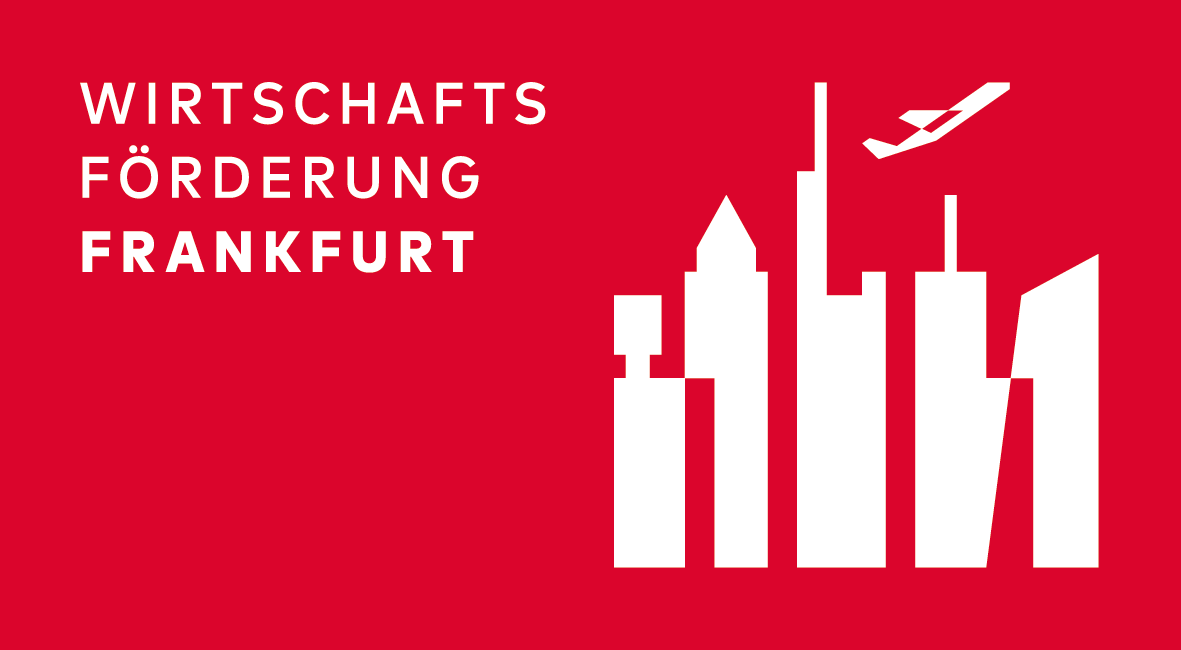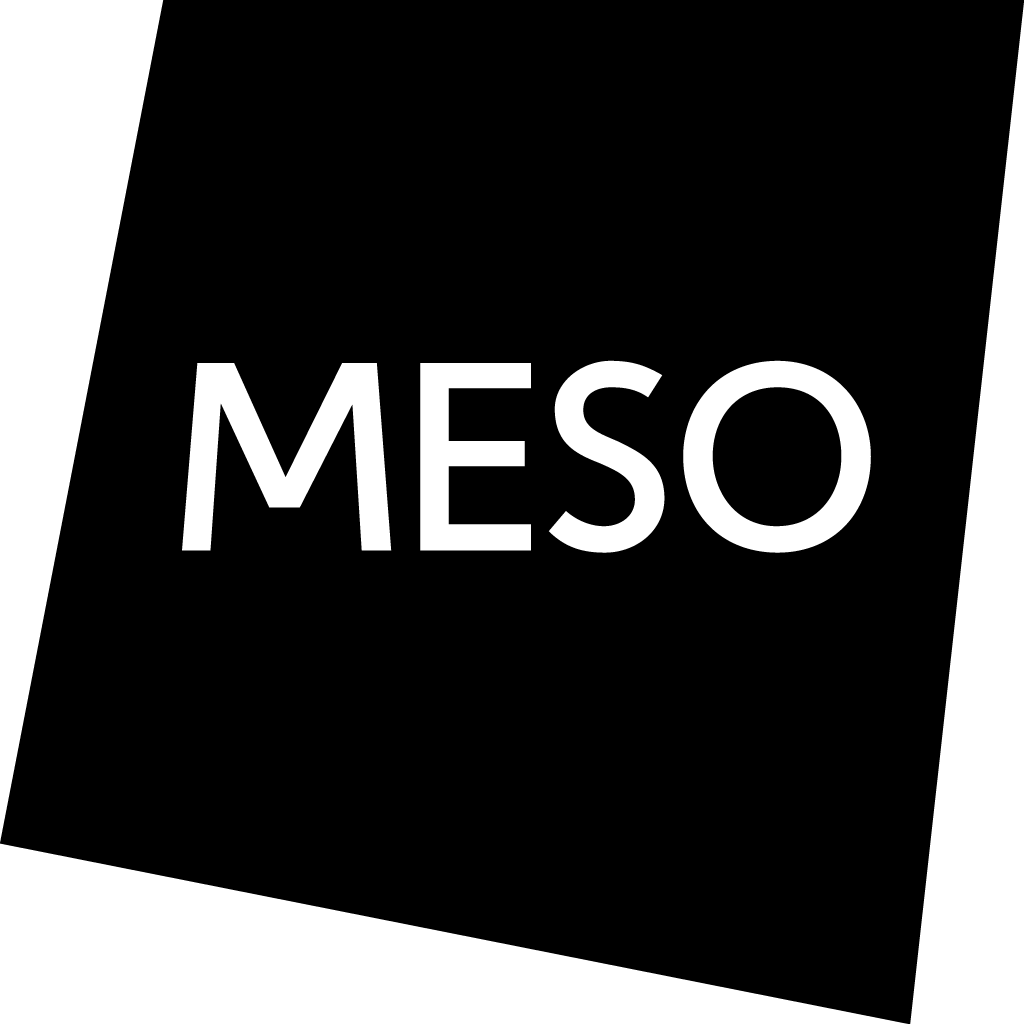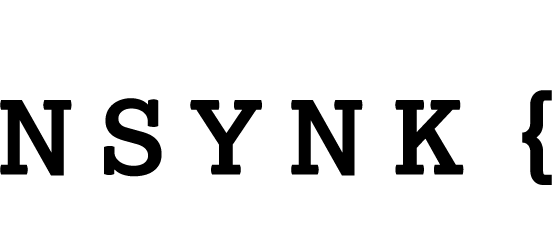30 Jun 2017
Main Stage, Mousonturm
Frankfurt/Main, Germany
Session 1: 10:00– 13:00
With Sebastian Oschatz, Maren Urner, Elisabeth Wegner, Johanna Disselhoff
The first session is very pragmatic and fundamental in the first topic: How is hope designed? What are the foundations of its design? What are the technologies to create hope? What are the design-patterns? Insights from neuro-science, pedagogy and psychotherapy as a guide for designers, developers, writers, activists and artists. Also to give a clear foundation to questions like: Is there hope? Who shapes our hopes? And why? And how can we avoid despair and burn-out when following our hopes?
There has been a long history that brought us from seeing a rainbow in the sky to a deeply understood framework of technologies of how to use colors. Today, we know how colors work in the eye and in the brain. We know how colors work in poetry and in print.
We know, how we can utilize chemical molecules, inks and prints, precision machined optics, computers, pixels, matrix multiplications and shaders plus the whole recorded history of art to design things in color. The symposium will frame hope as a design challenge: Hope is something which can be designed. Design is a plan to accomplish a particular purpose. Technology allows us to weave design into the fabric of everyday life. Hope is a fundamental source of power. Hope can be professionally created and destroyed. And this is routinely being done by policy makers, politicians, terrorists, product designers, hackers, teachers, journalists, artists and parents. Is there any hope? We believe it is. But how can we move? In small steps. Where should we start? At the foundations.
Session 2: 14:00– 18:30
With: Kris De Decker, Fabian Scheidler, Gaynor O’Flynn
Panel with: Maria Yablonina, Jacob Lefton, Michael Hirdes, Benedikt Gross
The second topic in the symposium discusses the relationship between hope and technology. For a long time, these two terms were almost interchangeable: technology creates new possibilities, therefore we hope. We hope for better solutions, therefore we invent them. For some years, this simplification has been tipped: Although technology gives more and more options every day, for many people the options are less and less hopeful. More and more processing power in any conceivable object, unlimited digital storage, the possibility to connect everything to everything can only be welcomed anymore with a strong political agenda. We ask: what happens? which agenda? Is there hope? How does this elusive shift of individual spaces of action take place?
Technology has long been an inseparable twin of hope. Starting with the invention of metals and firearms, a symbiotic relationship between technology and power has been formed.
The invention of computers created great hopes, with a vast potential of new possibilities and completely new stakeholders. It is only 15 years ago that techno-evangelists proposed digital technology will give everyone a chance to voice their own opinions, foster individualistic thinking, and dilute hierarchy and power structures by giving the power to the people. This has not happened.
While technology is producing more and more options, it seems like it provides hope mostly to a selected elite. And the big hopes – like preventing the irreversible destruction of our ecosystem, create a sustainable lifestyle, end war, poverty or social injustice – are strangely remote and absent. The voices of critical engineers and designers are more and more difficult to integrate. Is there any hope? We believe it is. But how we can start? By understanding the issues. By studying the past. By studying the presence.
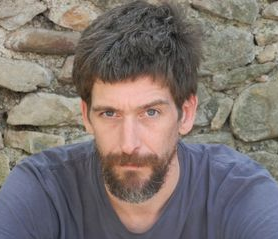
Lancaster, UK
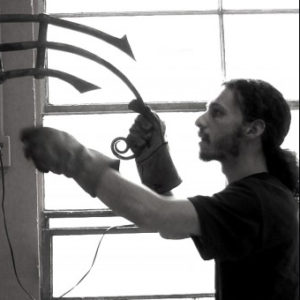
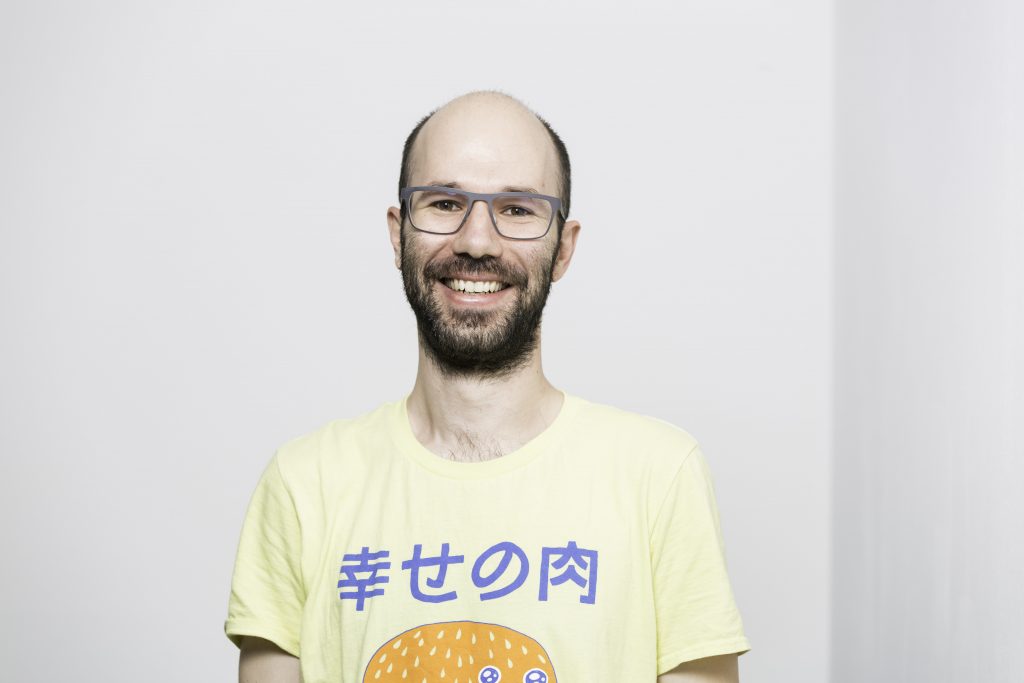
Germany
benedikt-gross.de
Stuttgart, Germany
www.mariayablonina.com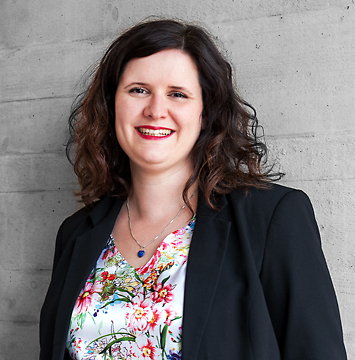
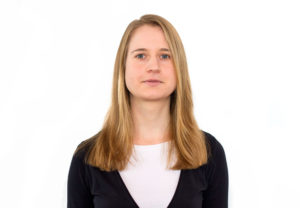
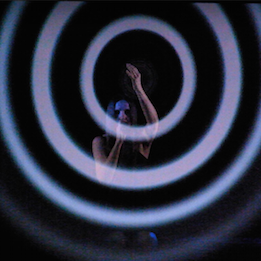
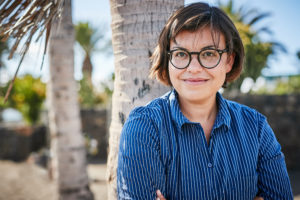
Lanzarote, Spain
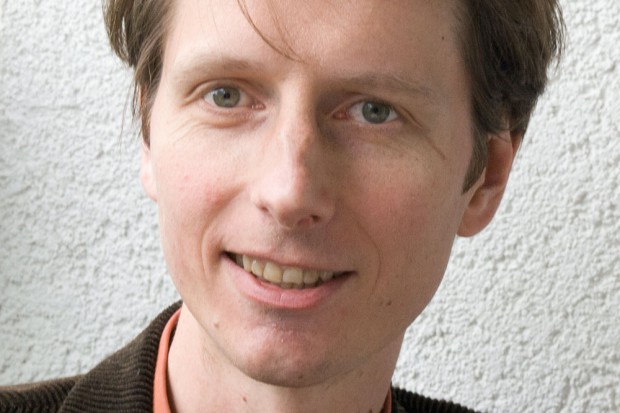
Berlin, Germany
Curation: Sebastian Oschatz, Aline Franzke
Creative Direction: David Brüll
Moderation: Tim Heiler & Felix Guder
Production: Satis & Fy
Digital Debate Printer Tool: David Brüll and NSYNK Gesellschaft für Kunst und Technik
Funding, Partners & Sponsors
